Home>Furniture & Design>Bathroom Accessories>How To Test A Bathroom Exhaust Fan
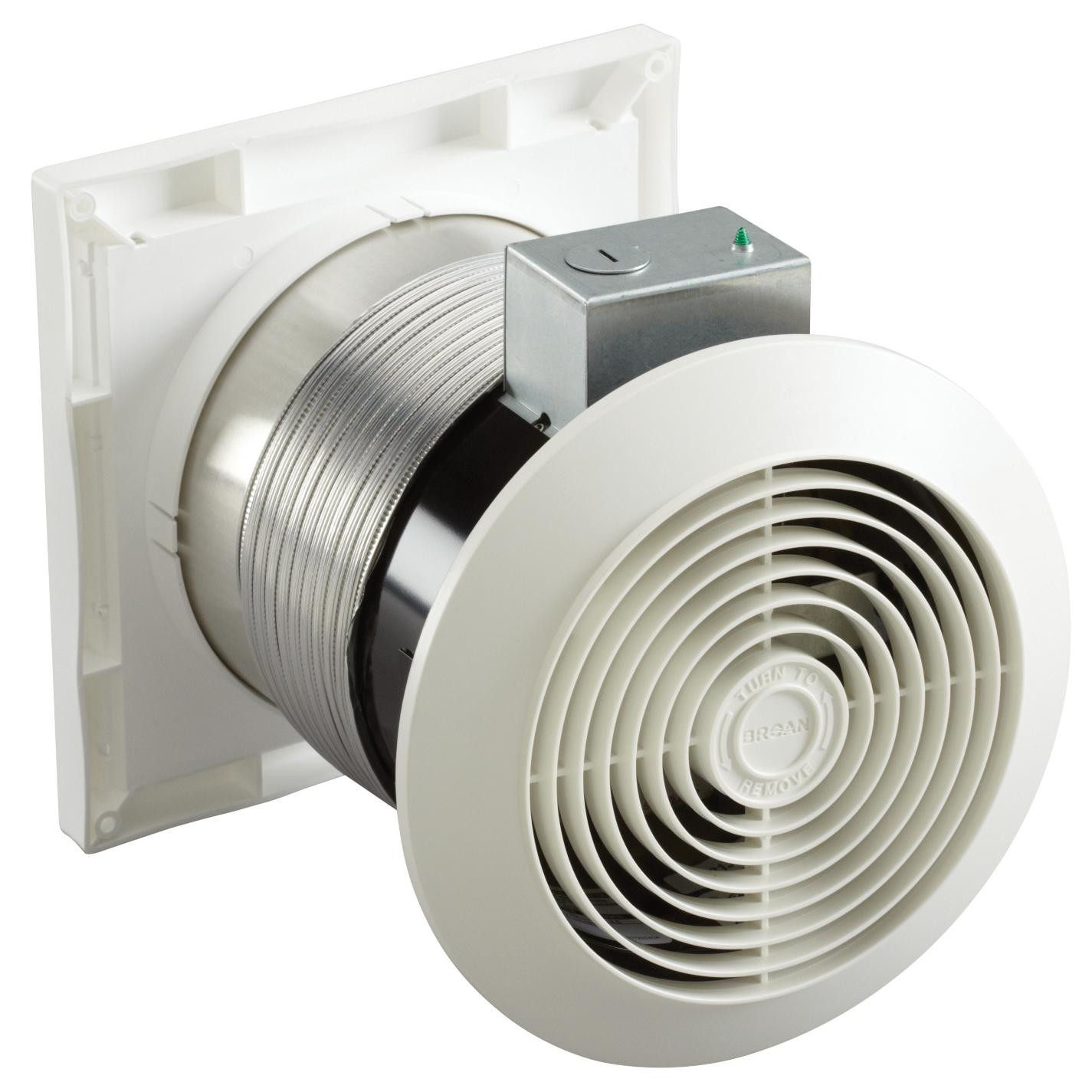

Bathroom Accessories
How To Test A Bathroom Exhaust Fan
Modified: August 30, 2024
Learn how to properly test your bathroom exhaust fan to ensure it's functioning efficiently. Get expert tips on maintaining bathroom accessories for optimal performance.
(Many of the links in this article redirect to a specific reviewed product. Your purchase of these products through affiliate links helps to generate commission for Storables.com, at no extra cost. Learn more)
Introduction
A bathroom exhaust fan is a crucial component of any well-maintained bathroom. Its primary function is to remove excess moisture, unpleasant odors, and airborne pollutants from the bathroom, thereby improving air quality and preventing mold and mildew growth. However, over time, these fans can experience wear and tear, leading to reduced efficiency or complete malfunction. Therefore, it's essential to periodically test and inspect your bathroom exhaust fan to ensure that it is functioning optimally.
Regular testing of your bathroom exhaust fan not only helps maintain a healthy indoor environment but also extends the lifespan of the fan itself. By identifying any issues early on, you can address them promptly, preventing potential damage and costly repairs down the line. In this comprehensive guide, we will walk you through the step-by-step process of testing your bathroom exhaust fan, allowing you to assess its performance and address any underlying problems effectively.
Ensuring that your bathroom exhaust fan is in good working condition is not only beneficial for your health and comfort but also for the overall maintenance of your home. By following the testing procedures outlined in this guide, you can gain valuable insights into the functionality of your bathroom exhaust fan and take the necessary steps to keep it operating at its best. Let's dive into the testing process and equip ourselves with the knowledge and tools needed to maintain a healthy and efficient bathroom environment.
Key Takeaways:
- Keep your bathroom exhaust fan in top shape by testing it regularly. Listen for unusual noises, check airflow, inspect the vent, and use a smoke test to ensure optimal performance and a healthy indoor environment.
- Testing your bathroom exhaust fan helps prevent mold, removes odors, and maintains air quality. Use a flow hood to measure airflow and address any issues early for a refreshing bathroom oasis.
Read more: How To Fix Bathroom Exhaust Fan
Step 1: Turn on the Fan
Turning on the bathroom exhaust fan is the initial step in the testing process. This simple action allows you to observe the fan's immediate response and assess its operational functionality. To begin, locate the fan switch, typically positioned near the bathroom door or on the fan unit itself. Once you've located the switch, gently press or toggle it to activate the fan.
As the fan starts, pay close attention to its initial behavior. A properly functioning fan should start promptly and operate smoothly without any unusual sounds or vibrations. The fan's motor should engage without hesitation, and the blades should begin rotating steadily. Additionally, you should feel the airflow being drawn into the fan, indicating that it is effectively pulling air from the bathroom.
While the fan is running, take note of any irregularities such as excessive noise, grinding, or rattling sounds, which could indicate mechanical issues or debris obstruction within the fan unit. If the fan fails to start or experiences intermittent operation, it may signify electrical or motor-related issues that require further inspection.
By observing the fan's response upon activation, you can gain valuable insights into its immediate performance and identify any apparent signs of malfunction. This initial assessment sets the stage for the subsequent steps in the testing process, allowing you to proceed with a clearer understanding of the fan's operational status.
In the next step, we will delve deeper into the process of listening for unusual noises emitted by the fan, providing valuable clues about its overall condition and potential maintenance needs.
Step 2: Listen for Noise
Once the bathroom exhaust fan is running, the next crucial step in the testing process is to listen attentively for any unusual noises emanating from the fan unit. Listening for noise provides valuable insights into the fan's operational condition and can help identify potential issues that require attention.
Ideally, a well-maintained bathroom exhaust fan should operate quietly, with minimal audible disturbance. As the fan runs, take a moment to focus on the sounds it produces. A smooth, consistent hum is indicative of normal fan operation, suggesting that the motor and blades are functioning as intended. However, if you detect any irregular or disruptive noises, it may signify underlying problems that need to be addressed.
Common abnormal noises that may warrant further investigation include:
-
Rattling or Vibrating Sounds: These noises often indicate loose components or debris within the fan unit. Loose screws, mounting brackets, or accumulated debris can cause rattling or vibrating sounds during fan operation. Identifying and addressing these issues promptly can prevent further damage to the fan and restore its smooth operation.
-
Grinding or Screeching Sounds: Unusual grinding or screeching noises may point to mechanical issues within the fan motor or bearings. Over time, wear and tear can lead to motor malfunctions, resulting in disruptive sounds during operation. It is essential to address these issues promptly to prevent potential motor failure and ensure the fan's longevity.
-
Clicking or Electrical Sounds: Clicking or electrical noises may indicate wiring or electrical component issues within the fan unit. These sounds should be investigated further to rule out any electrical hazards and ensure the safe operation of the fan.
By actively listening for these distinct noises, you can gain valuable insights into the fan's condition and pinpoint potential areas of concern. Identifying and addressing abnormal sounds early on can prevent further damage to the fan and contribute to its overall longevity and efficiency.
In the subsequent step, we will explore the process of assessing the airflow generated by the bathroom exhaust fan, providing a comprehensive evaluation of its ventilation performance.
Step 3: Check Airflow
Assessing the airflow generated by your bathroom exhaust fan is a critical aspect of testing its performance. Proper airflow is essential for effectively removing moisture, odors, and airborne impurities from the bathroom, contributing to a healthier and more comfortable indoor environment. Checking the airflow provides valuable insights into the fan's ventilation capacity and allows you to determine whether it is operating at an optimal level.
To begin the airflow assessment, stand near the fan's vent and feel for the airflow being expelled from the bathroom. A well-functioning exhaust fan should produce a noticeable and consistent airflow, indicating that it is effectively drawing air from the bathroom and expelling it outdoors. Place your hand near the vent to gauge the strength and consistency of the airflow. If the airflow feels weak or intermittent, it may signify potential obstructions or fan inefficiencies that require attention.
In addition to assessing the airflow near the vent, you can conduct a simple test using a piece of lightweight, non-flammable material, such as a tissue or a small piece of paper. Hold the material near the fan's vent while the fan is running, observing how the airflow affects it. The material should be drawn towards the vent and held in place by the force of the airflow. If the material remains unaffected or is only minimally influenced by the airflow, it indicates a potential issue with the fan's ventilation performance.
Furthermore, you can use a handheld anemometer, a device designed to measure airflow velocity, to obtain precise airflow readings. By positioning the anemometer near the fan's vent, you can measure the velocity of the airflow, providing quantitative data on the fan's ventilation capacity. Comparing the measured airflow velocity to the fan's rated specifications can help determine whether the fan is performing within its designated parameters.
By thoroughly assessing the airflow, you can gain valuable insights into the fan's ventilation efficiency and identify any potential obstructions or performance issues. Addressing airflow-related issues promptly can contribute to the fan's optimal functionality and ensure that it effectively fulfills its ventilation role within the bathroom environment.
In the subsequent step, we will explore the process of inspecting the fan's vent and ductwork, allowing for a comprehensive evaluation of potential obstructions and maintenance needs.
To test a bathroom exhaust fan, simply turn it on and place a tissue or piece of toilet paper near the vent. If the fan is working properly, the tissue should be pulled towards the vent. If not, the fan may need to be cleaned or replaced.
Step 4: Inspect the Vent
Inspecting the vent of your bathroom exhaust fan is a crucial step in the testing process, as it allows you to evaluate the condition of the fan's vent and ductwork, identifying potential obstructions and maintenance needs. A clear and unobstructed vent is essential for ensuring optimal airflow and efficient ventilation within the bathroom environment.
Begin the inspection by locating the exterior vent cover, typically positioned on an exterior wall or the roof of your home. Ensure that the vent cover is free from any debris, such as leaves, dirt, or other obstructions that may impede the airflow. Additionally, check for any signs of damage or deterioration on the vent cover, as cracks or missing components can compromise the vent's functionality.
Next, examine the vent opening to ensure that it is unobstructed and free from any blockages. Debris, bird nests, or accumulated dust and lint can obstruct the vent, hindering the fan's ability to expel air efficiently. Use a flashlight to illuminate the vent opening and visually inspect its interior for any visible obstructions. If obstructions are present, carefully remove them to restore unimpeded airflow.
Proceed to inspect the ductwork connected to the vent, tracing its path to the fan unit within the bathroom. Check for any signs of damage, such as kinks, bends, or disconnections in the ductwork, which can restrict airflow and diminish the fan's performance. Ensure that the ductwork is securely connected to both the vent and the fan unit, with no gaps or loose fittings that could lead to air leaks.
Additionally, assess the cleanliness of the ductwork, as accumulated dust, debris, or mold growth within the ducts can impede airflow and compromise air quality. If necessary, consider cleaning the ductwork to remove any buildup and ensure unobstructed airflow from the fan to the exterior vent.
By thoroughly inspecting the vent and ductwork, you can identify and address potential obstructions, damage, or maintenance needs that may impact the fan's ventilation performance. Clearing obstructions, repairing damaged components, and maintaining clean ductwork contribute to the optimal functionality of the bathroom exhaust fan, ensuring efficient ventilation and a healthier indoor environment.
In the subsequent step, we will explore the process of using a smoke test to further assess the airflow and ventilation effectiveness of the bathroom exhaust fan.
Read more: What Is An Exhaust Fan
Step 5: Use a Smoke Test
Conducting a smoke test is a valuable method for assessing the airflow and ventilation effectiveness of your bathroom exhaust fan. By utilizing this technique, you can visually observe the movement of smoke particles, providing a clear indication of the airflow patterns and potential obstructions within the ventilation system.
To perform a smoke test, begin by obtaining a small, handheld smoke emitter or creating a non-toxic smoke source, such as an incense stick or a smoke pen. With the bathroom exhaust fan running, introduce the smoke near the fan's intake grille or within the bathroom space. Observe the behavior of the smoke as it interacts with the airflow generated by the fan.
As the smoke is drawn towards the fan, it should be promptly and consistently expelled through the vent to the exterior of the building. The steady movement of the smoke particles indicates unobstructed airflow and effective ventilation, demonstrating the fan's ability to remove airborne contaminants from the bathroom environment.
During the smoke test, pay close attention to any deviations or disruptions in the smoke pattern. If the smoke appears to linger within the bathroom without being expelled, it may suggest inadequate airflow or potential obstructions within the fan or ductwork. Similarly, erratic smoke movement or backflow into the bathroom indicates ventilation issues that require further investigation.
By conducting a smoke test, you can gain valuable visual insights into the airflow dynamics and ventilation performance of your bathroom exhaust fan. This method allows you to identify potential airflow restrictions, blockages, or inefficiencies, empowering you to take targeted measures to optimize the fan's functionality and maintain a healthy indoor environment.
In the subsequent step, we will delve into the process of measuring airflow using a flow hood, providing a precise assessment of the fan's ventilation capacity and performance.
Step 6: Measure Airflow with a Flow Hood
Measuring the airflow of your bathroom exhaust fan using a flow hood provides a precise and quantitative assessment of its ventilation capacity and performance. A flow hood, also known as a capture hood, is a specialized instrument designed to measure the volume of air being moved by the fan, allowing for accurate airflow readings and comprehensive evaluation.
To begin the airflow measurement process, position the flow hood over the exhaust fan's vent, ensuring a secure and sealed connection between the hood and the vent opening. The flow hood is equipped with sensors that capture the airflow velocity and volume, providing real-time data on the fan's ventilation efficiency.
Once the flow hood is in place, activate the fan to initiate airflow through the hood. The sensors within the flow hood will capture and analyze the airflow, generating precise measurements of air velocity and volume. These measurements offer valuable insights into the fan's performance, allowing you to compare the obtained airflow data to the fan's rated specifications.
By measuring the airflow with a flow hood, you can assess whether the fan is operating within its designated parameters and delivering the expected ventilation capacity. The quantitative data obtained from the flow hood enables you to identify any deviations from the optimal airflow levels, indicating potential obstructions, fan inefficiencies, or ductwork issues that may impact the fan's functionality.
Furthermore, airflow measurements obtained with a flow hood serve as a valuable diagnostic tool, facilitating the identification of performance discrepancies and guiding targeted maintenance and optimization efforts. Whether the airflow measurements reveal suboptimal ventilation capacity or deviations from the fan's expected performance, the data obtained from the flow hood empowers you to make informed decisions regarding necessary adjustments and maintenance actions.
By incorporating the use of a flow hood to measure airflow, you can gain a comprehensive understanding of the fan's ventilation capabilities and make informed decisions to optimize its functionality. This quantitative approach to airflow assessment enhances the precision and effectiveness of the testing process, contributing to the overall maintenance and performance of your bathroom exhaust fan.
Conclusion
In conclusion, testing your bathroom exhaust fan is a fundamental aspect of maintaining a healthy and efficient bathroom environment. By following the step-by-step testing procedures outlined in this guide, you can gain valuable insights into the operational status and performance of your exhaust fan, allowing you to address any potential issues and ensure optimal functionality.
The initial step of turning on the fan provides immediate observations regarding its response and operational behavior. Listening for unusual noises during fan operation offers valuable clues about potential mechanical or electrical issues that may require attention. Assessing the airflow near the vent and conducting a smoke test enable you to evaluate the fan's ventilation effectiveness and identify potential obstructions or inefficiencies. Furthermore, utilizing a flow hood to measure airflow provides precise quantitative data, guiding informed decisions regarding the fan's performance and maintenance needs.
By actively engaging in the testing process, you can proactively address any issues that may compromise the fan's functionality, such as obstructions, mechanical malfunctions, or ventilation inefficiencies. Regular testing and maintenance of your bathroom exhaust fan contribute to a healthier indoor environment, preventing moisture buildup, odors, and airborne pollutants while extending the fan's lifespan.
Incorporating these testing procedures into your regular home maintenance routine empowers you to stay proactive in ensuring the optimal performance of your bathroom exhaust fan. By maintaining a well-functioning exhaust fan, you contribute to a comfortable, healthy, and pleasant bathroom environment for yourself and your household.
Remember, a well-maintained bathroom exhaust fan not only enhances indoor air quality but also plays a crucial role in preventing mold and mildew growth, ultimately contributing to the overall well-being of your home. Embracing the testing and maintenance practices outlined in this guide equips you with the knowledge and tools needed to uphold a clean, ventilated, and inviting bathroom space.
By prioritizing the testing and maintenance of your bathroom exhaust fan, you invest in the long-term comfort, health, and functionality of your home, ensuring that your bathroom remains a refreshing and rejuvenating oasis within your living space.
Frequently Asked Questions about How To Test A Bathroom Exhaust Fan
Was this page helpful?
At Storables.com, we guarantee accurate and reliable information. Our content, validated by Expert Board Contributors, is crafted following stringent Editorial Policies. We're committed to providing you with well-researched, expert-backed insights for all your informational needs.
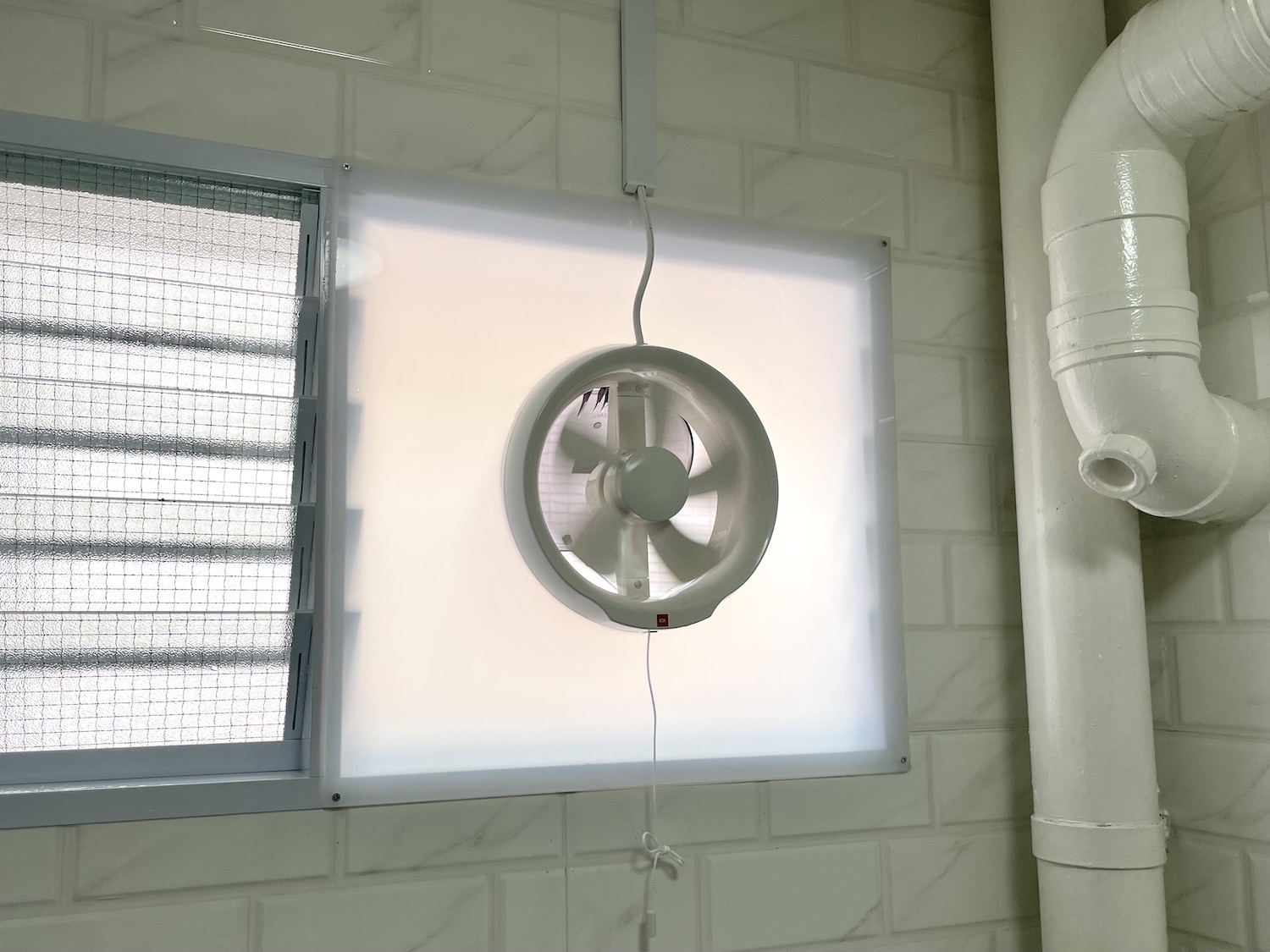
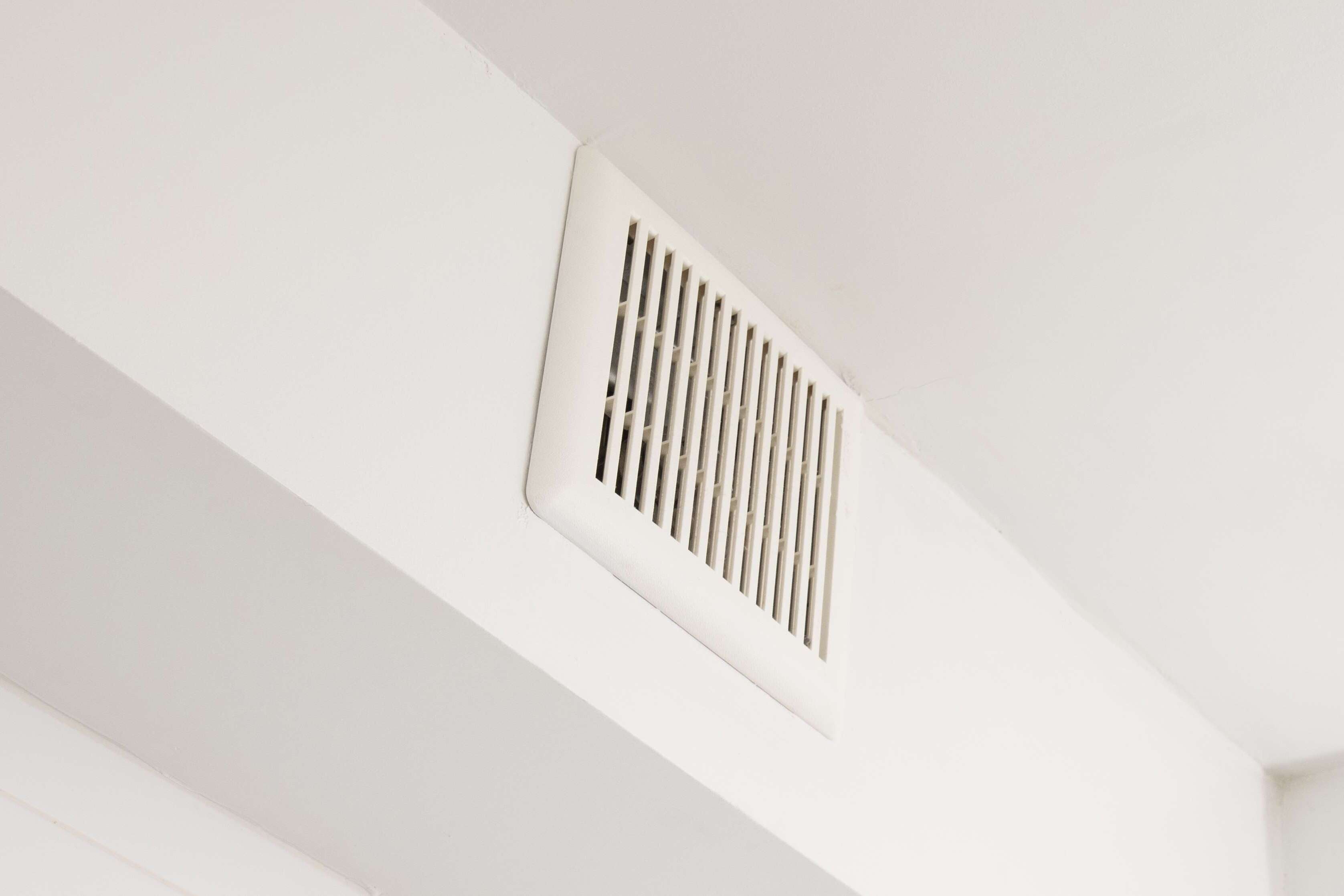

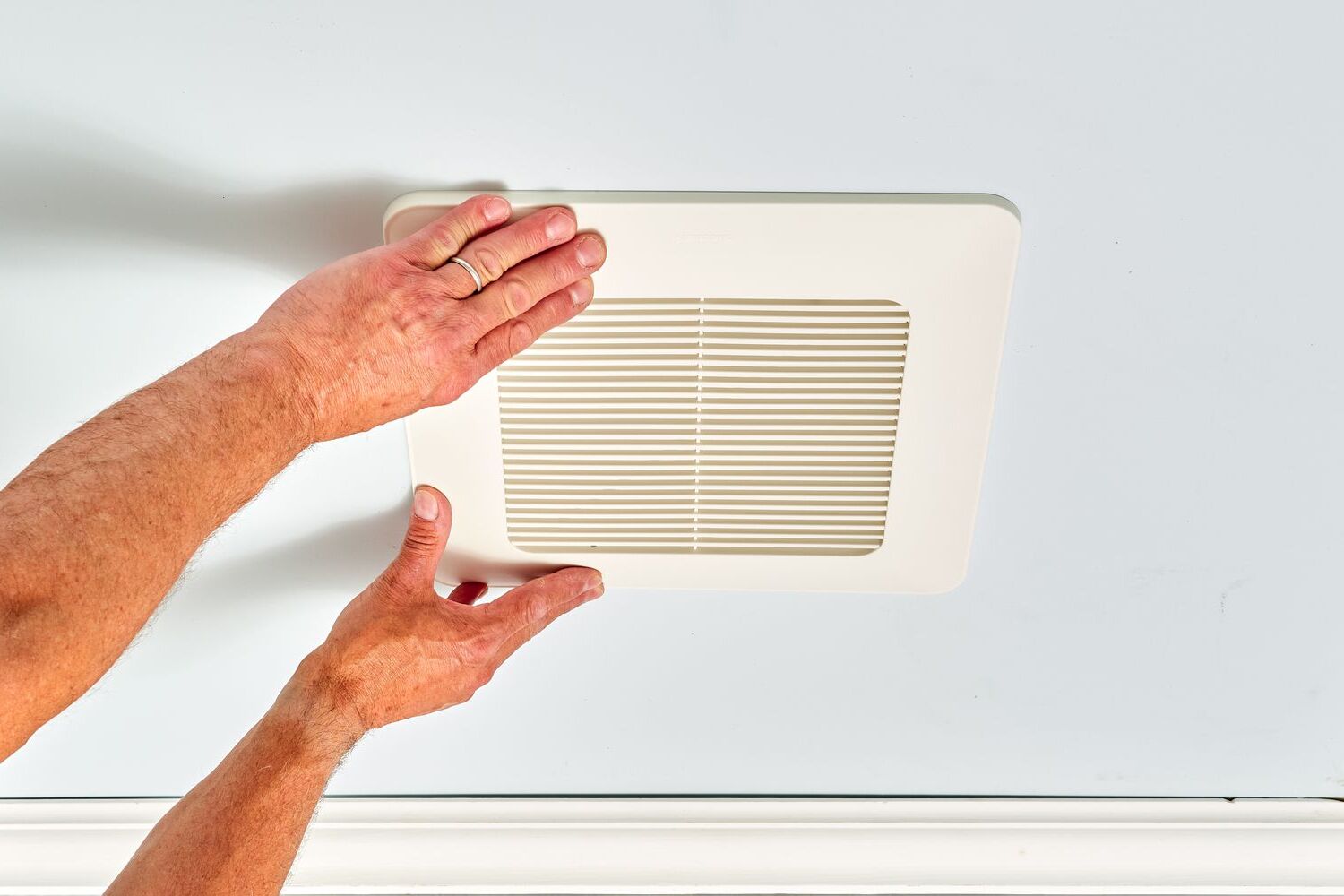

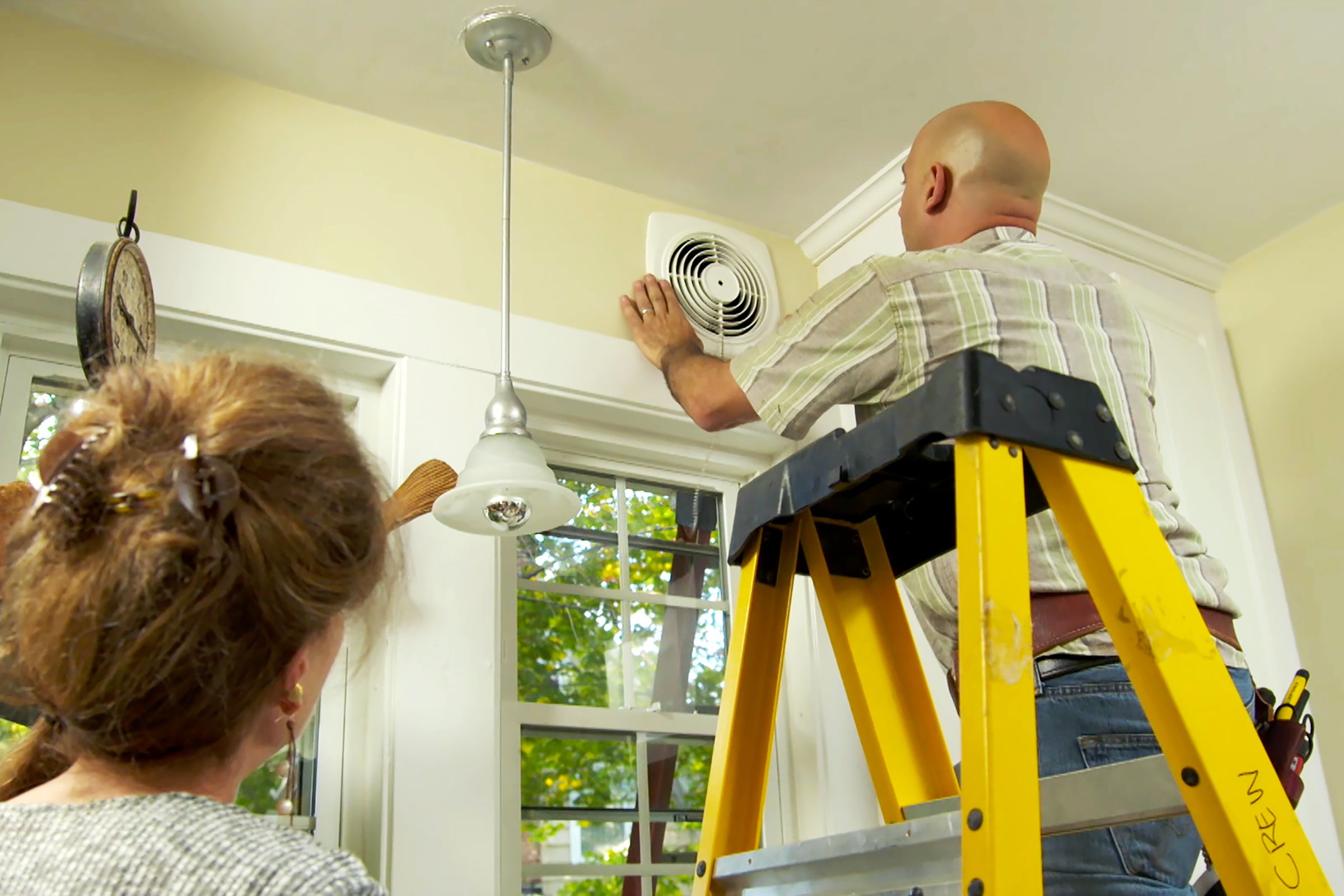
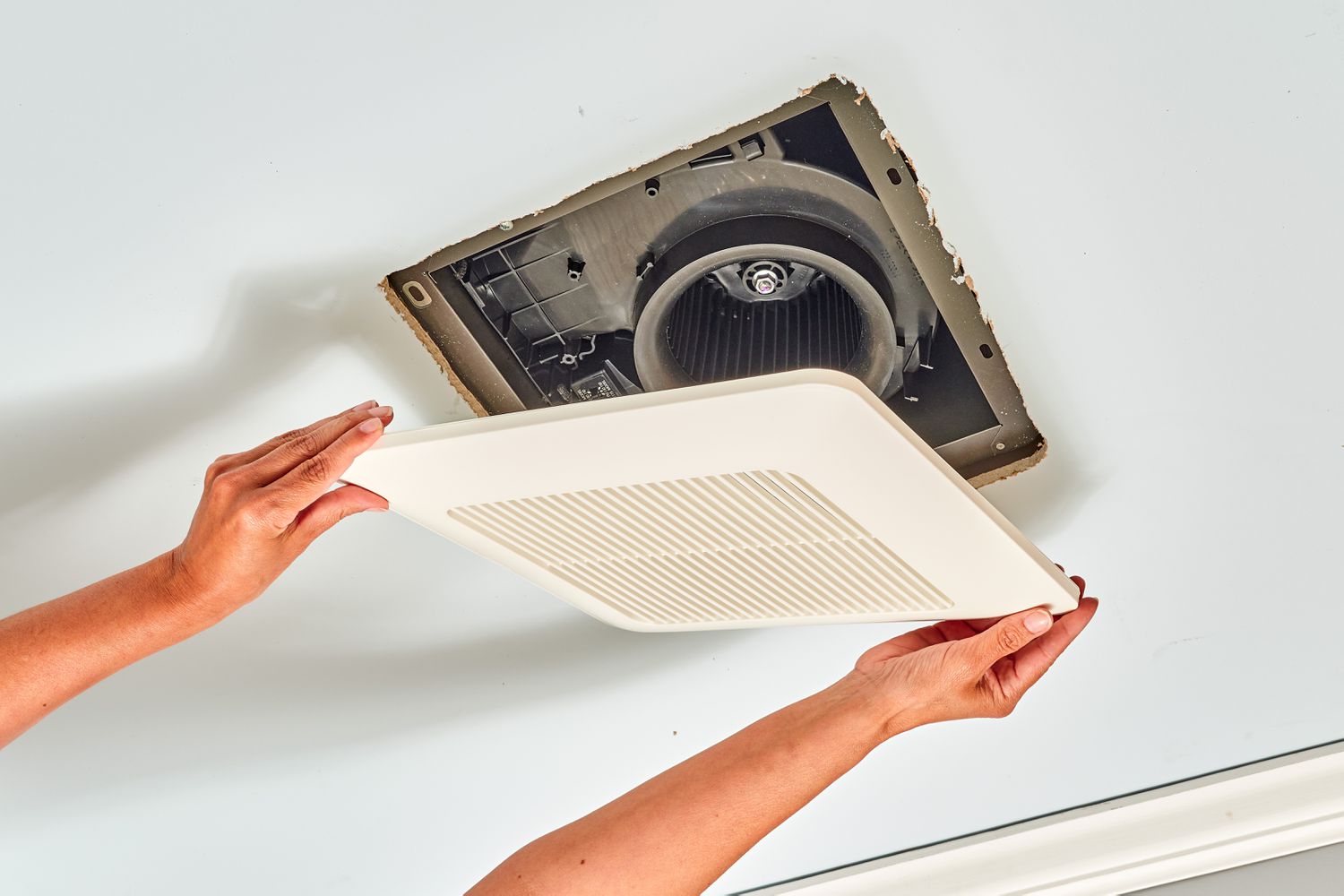
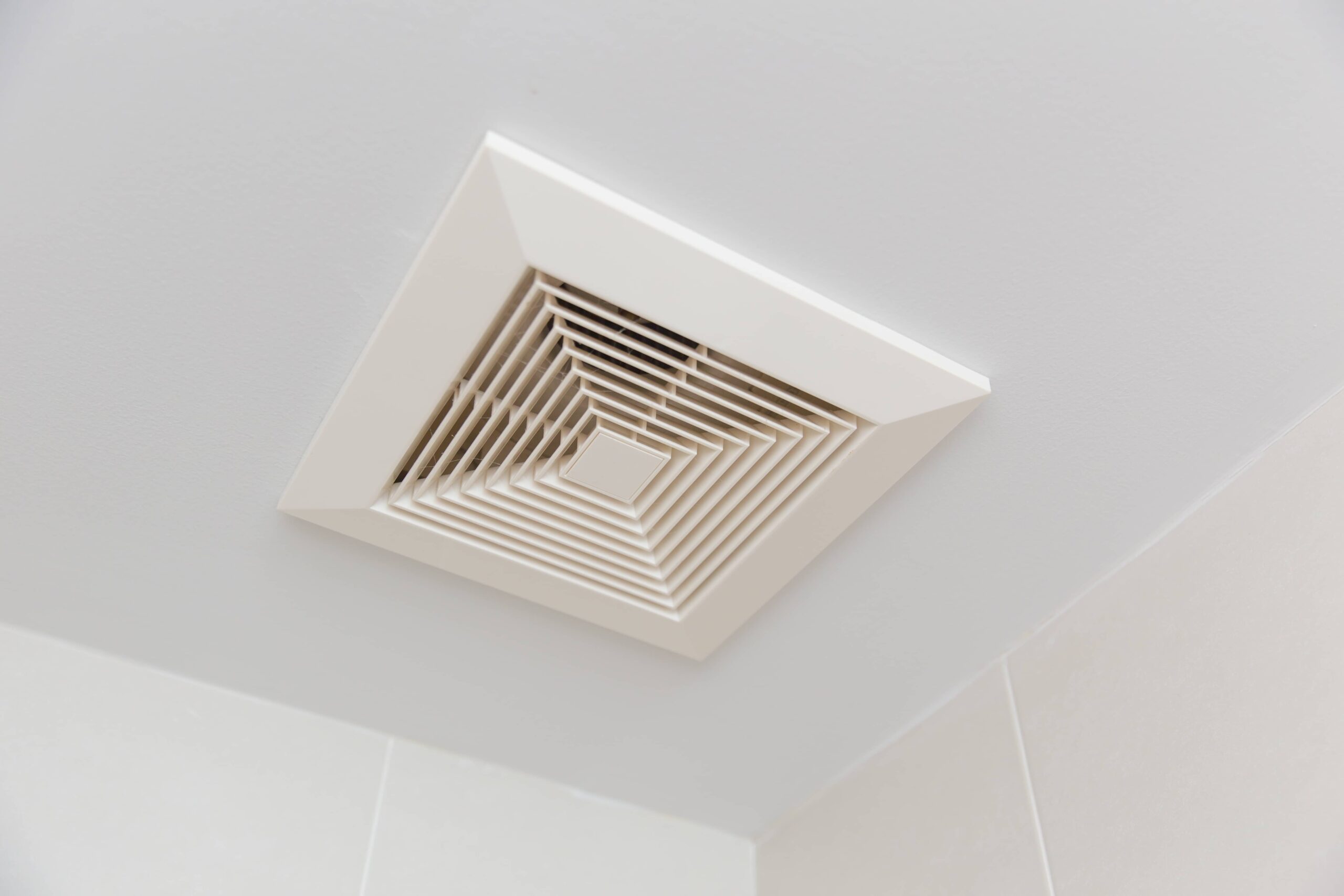

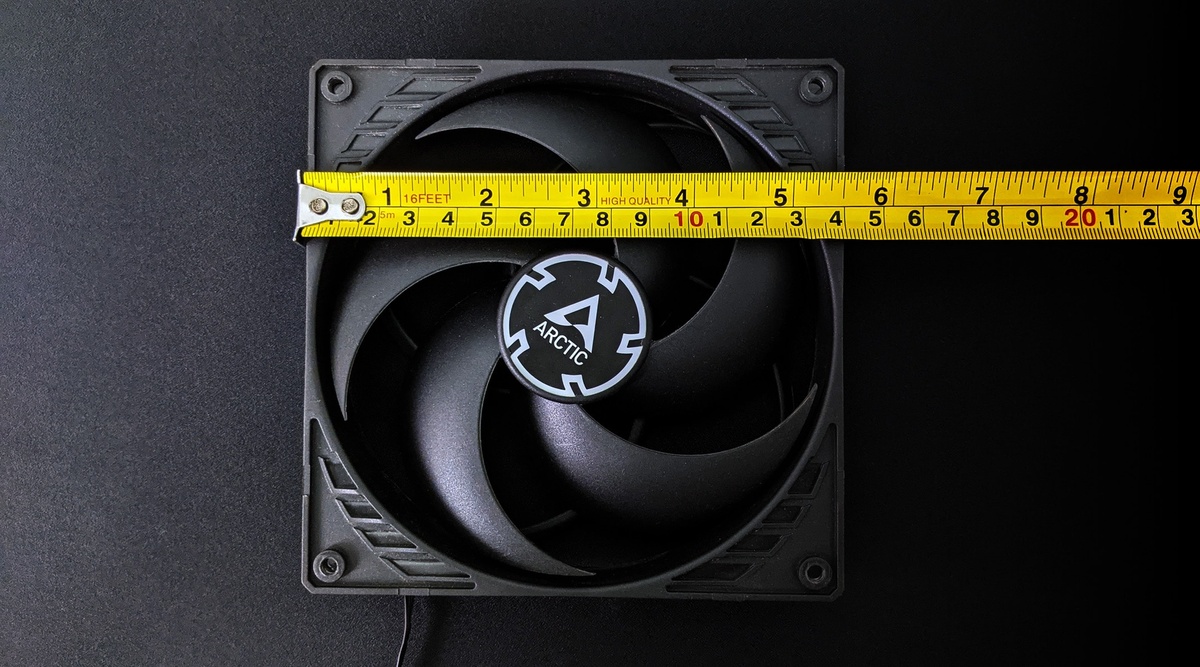
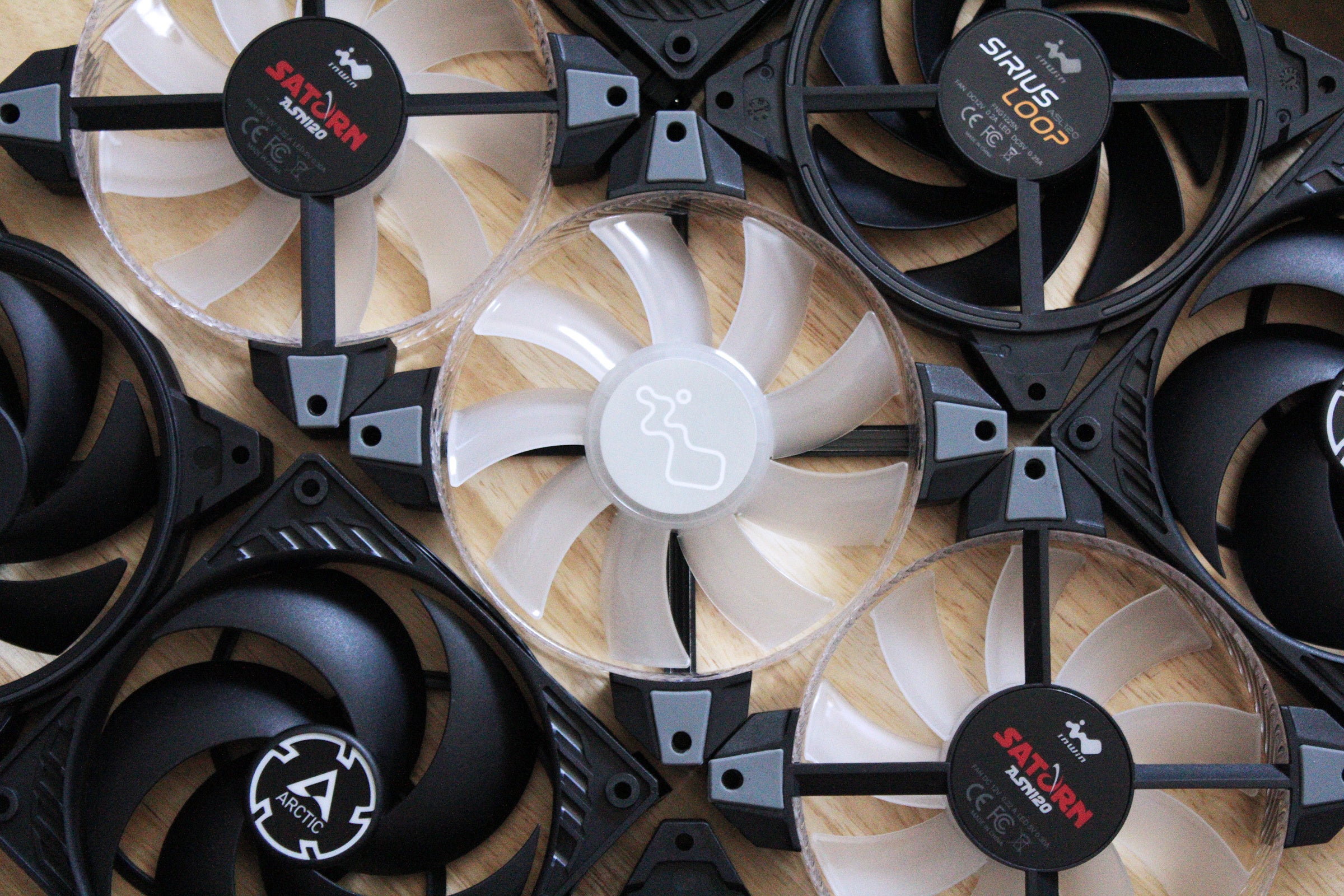
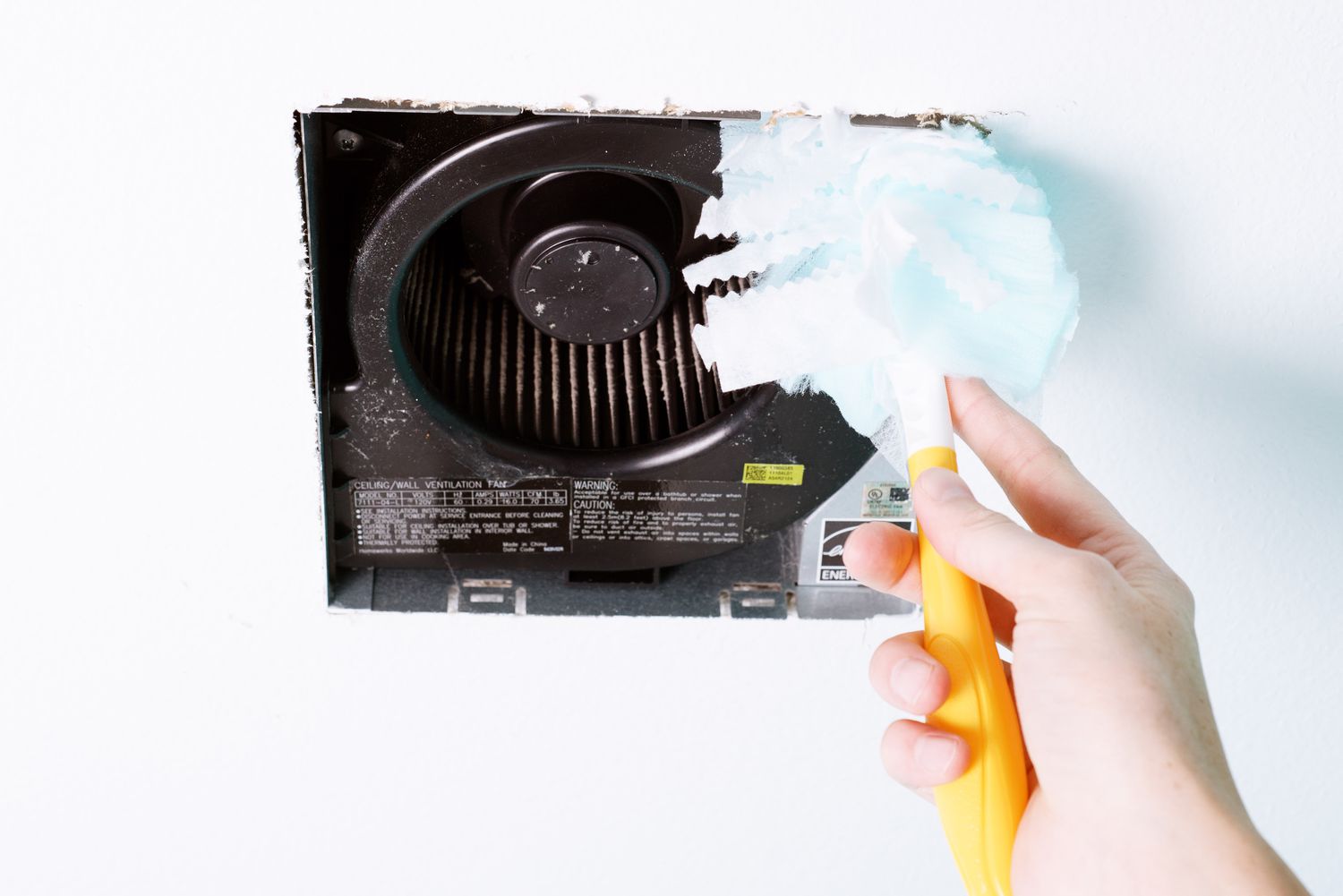
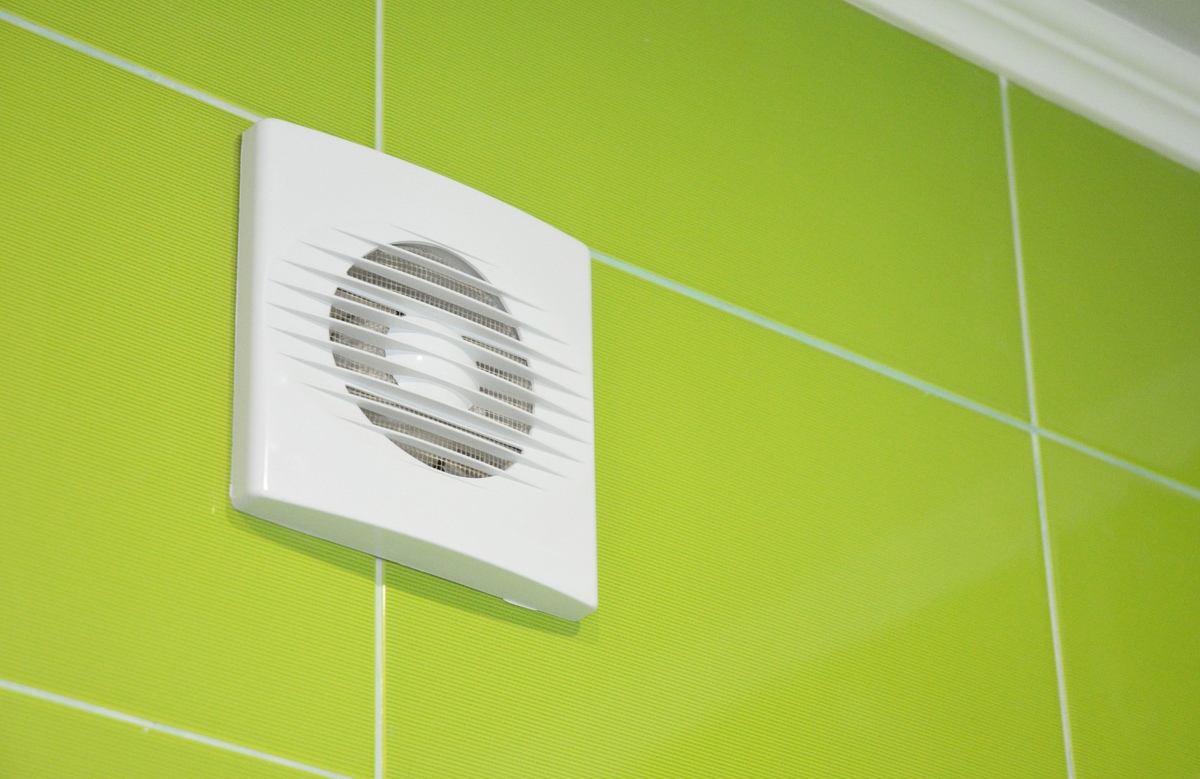
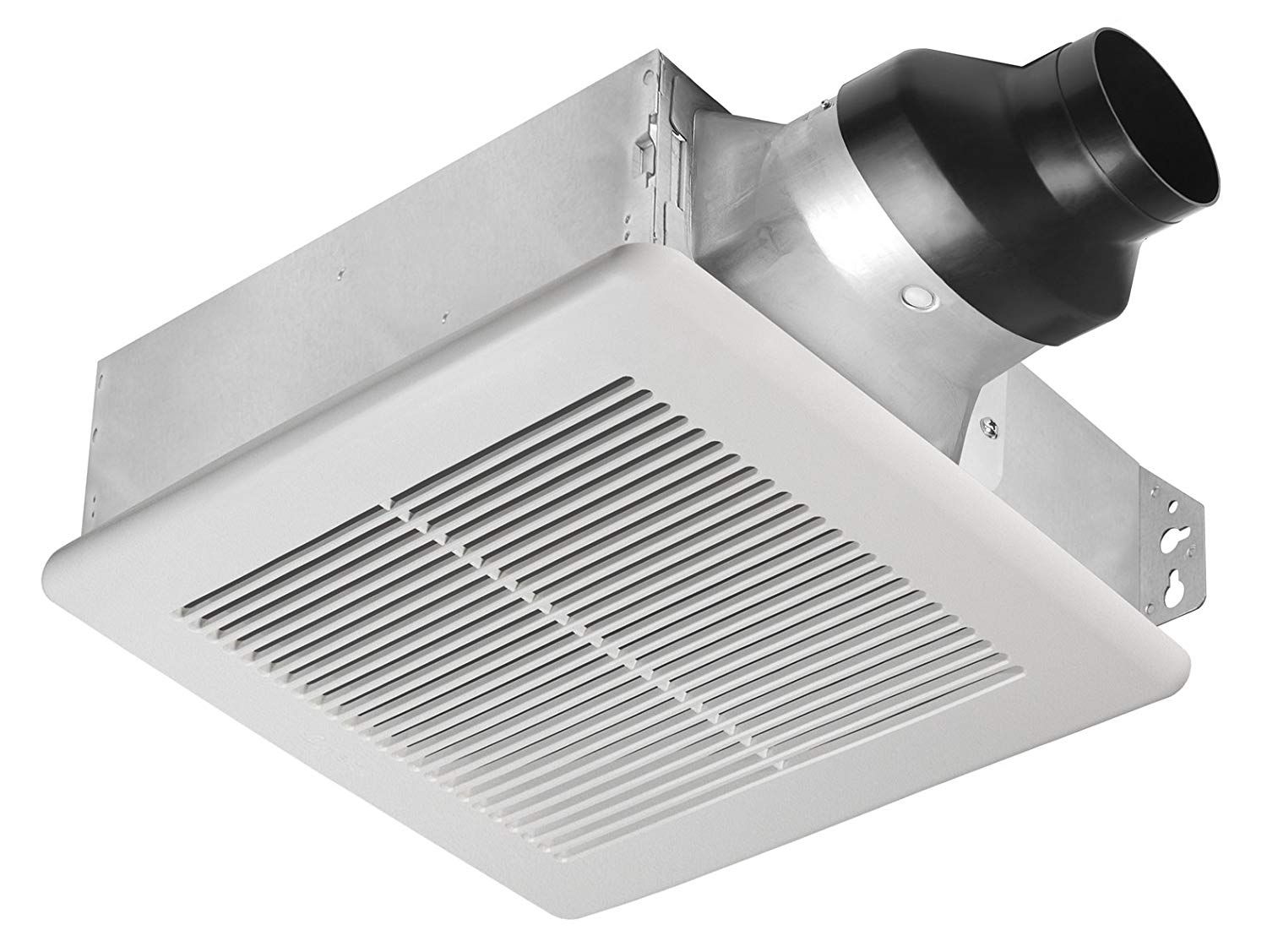

0 thoughts on “How To Test A Bathroom Exhaust Fan”